Top 7 Mistakes New Gardeners Make (And How to Avoid Them)
/Starting a food garden is one of the most rewarding things you can do for your health, your wallet, and the planet. But if you’re new to gardening, it’s easy to get tripped up by common mistakes—many of which can cost you time, money, and enthusiasm. There’s a lot of conflicting information on the internet, and some downright wrong advice (like using eggshells to deter slugs), so knowing what works and what will sabotage your gardening efforts is important for creating a healthy garden that you can enjoy for years.
Although plenty of things can go wrong in the garden, you really don’t need a green thumb to succeed. Whether you're growing in containers on a balcony, planting raised beds in your backyard, or growing in the ground, learning to spot these beginner mistakes early can make all the difference.
In this article, we’ll take a closer look at 7 of the most common missteps new gardeners make—and give you strategies to avoid them so you can enjoy a thriving, productive edible garden.
Mistake #1: Starting Too Big
If you’ve ever gone plant shopping, you know that this is the time of year that most excites gardeners –the spring planting season. When you’re looking at all the new stocks of garden plants and are feeling eager to get plants in the ground, it’s tempting to go overboard. Keep in mind, though, that starting a garden that’s more than you can actually handle leads to overwhelm. Gardening requires serious effort, especially in the beginning when you’re just getting plants established, and managing pests, watering, weeding, and harvesting all take time. If you don’t understand the needs of each of your plants, you’re also more likely to experience some disappointment when they perform poorly or worse, die before you’ve even had a chance to really enjoy them.
What to do instead:
Start small with just a few of your favorite vegetables or herbs. Focus on learning how each plant grows, and expand as your confidence grows. Some of the easiest things to grow in the spring include herbs and leafy greens. In summer, tomatoes and eggplants are popular choices. If temperatures in your area will be cool (i.e., in the mid-70°F/ 29° C range or cooler) for a month or more, try planting radishes, peas, and lettuce from seeds. You’ll be able to harvest radishes and lettuce within 30 days or even less for some varieties.
Mistake #2. Planting at the Wrong Time
Planting tomatoes too early or lettuce too late can lead to poor results. Timing matters—especially with vegetables that are sensitive to temperature and day length. Most vegetables are either cool season or warm season, with a few like Swiss Chard able to handle either cool or warm temperatures, which means that planting them in the wrong season will lead to poor growth, failure to develop, or bolting (going straight to seed when the weather is too hot).
How to avoid it:
Use a planting calendar based on your USDA growing zone. Pay attention to weather trends, get into the habit of checking the forecast daily, and know your average last and first frost dates. Our free When to Plant guide helps with this. Access it along with other gardening freebies in our Free Resources library.
Mistake #3. Ignoring Your Sunlight Situation
Most vegetables that grow from flowers, like tomatoes, squash, and eggplant, need at least 6–8 hours of sunlight daily. Some leafy greens like kale, lettuce, bok choy, and spinach, can grow with 4-6 hours of sunlight. Planting sun-loving veggies in shady spots is one of the fastest ways to end up with weak or unproductive plants.
What to do instead:
Track how much sunlight your space gets, using a sunlight tracker or taking notes in a garden journal. Grow sun-loving crops like tomatoes or peppers in full sun and reserve partial-shade areas for greens, peas, or herbs.
Mistake #4. Skipping Soil Prep
Good soil is the foundation of a healthy garden, but new gardeners often skip this step or use poor-quality store-bought soil. Good soil contains a whole ecosystem – beneficial insects, protozoa, beneficial nematodes, earthworms – that helps to support plant life. Without it, plants will struggle and become more susceptible to diseases and herbivore insects.
Avoid this mistake:
Before planting, amend your soil by adding compost or organic matter. Even adding used coffee grounds (go to your local coffee shop and ask them to bag up their used grounds – they’d otherwise likely be throwing these away) and crushed eggshells can make a big difference – they add organic matter to the soil. Coffee grounds also attract earthworms, while crushed eggshells can help with drainage. Test your soil pH with a store-bought test kit if you’re planting in-ground. Raised bed and container gardeners should choose a high-quality organic potting mix designed for vegetables. Even if you do choose a good potting mix, amending it with homemade or store-bought compost will greatly improve the performance of your plants.
Mistake #5. Overwatering or Underwatering
Beginners often aren’t sure how much to water their plants, which can lead to root rot on one hand or dry, stressed plants on the other. In the warm season, inconsistent watering can also lead to blossom end rot on your tomato and pepper plants.
How to Get it right:
Water deeply and according to need, not shallowly and frequently. You can check the moisture of your plants’ soil by sticking your finger in about 1-2 inches. If it’s dry, it needs water. If it’s moist, you can wait a bit longer. Alternatively, you can purchase a moisture meter from your garden nursery or home supplies warehouse – many moisture meters also come with pH testers. Most plants prefer consistent moisture but don’t like sitting in soggy soil. If you’re using a water timer for a raised bed or in-ground setup, monitor your plants’ soil very closely for the first day or two to make sure you aren’t overwatering or depriving plants of needed moisture. If you’re gardening in hot weather, you will probably need to water twice a day, especially for thirsty plants like tomatoes, squash, cucumbers and eggplants.
Mistake #6. Planting Too Close Together (or too far apart)
It’s tempting to cram lots of seedlings into your space, but overcrowding leads to poor airflow, disease, and stunted growth. On the other hand if you space your plants too far apart you’ll be depriving yourself of more plants to enjoy! It’s also easier for weeds to enter empty spaces, so try to fill up your growing space without overfilling it.
Do this Instead:
Spacing guidelines on seed packets or nursery containers are just that – guidelines. I often ignore them and plant things a bit more closely together. A good rule of thumb I use is to cut the recommended space by up to 1/2 , meaning if the spacing guidelines are 12” apart, I plant 6-8” apart instead. At the same time, plants need room to breathe and access nutrients, so thinning them out as needed, or moving them if they’re still small or haven’t yet started producing flowers are two good ways to maximize your space. Using a square foot planting guide can also be helpful if you want to get the most out of your space. A square foot planting guide will tell you how many of each plant can safely be planted in a 1’x1’ square foot space.
Mistake #7. Expecting Instant Results
Gardening is a process, not a race. It takes time for plants to grow, and not every crop will succeed on your first try. Sometimes it takes 2 seasons, 2 years, or even longer to achieve your gardening goals. Keep learning, keep trying new things, and don’t give up if you fail the first time!
The key:
If planting from seed, plant more than you need in separate pots so you can start over if a seedling dies or is destroyed by insect or animal pests. Be patient. Celebrate small wins and learn from setbacks. Gardening is a long game and ultimately a deeply satisfying one.
Want to Avoid These Mistakes and Start Growing with Confidence?
If you're ready to grow your own fresh, delicious food but want a step-by-step plan to make it easy and beginner friendly, I’ve got something for you.
The Edible Food Garden is my brand-new online course that shows you exactly how to grow a productive garden, even in small spaces and without a ton of experience. With short, easy-to-follow video lessons, checklists, and bonus guides, this course gives you everything you need to succeed, and you can complete the entire course in just under 2 hours!
Right now, it's available for a limited-time beta price of just $29—that’s more than 40% off the full price. But the price is going up soon, so grab your spot before the price increases.
You’ll walk away knowing exactly what to plant, when, where, and how—without making beginner mistakes that cost you time, money, and motivation.
Watch the first lesson for free by clicking the image below.
You may also be interested in…















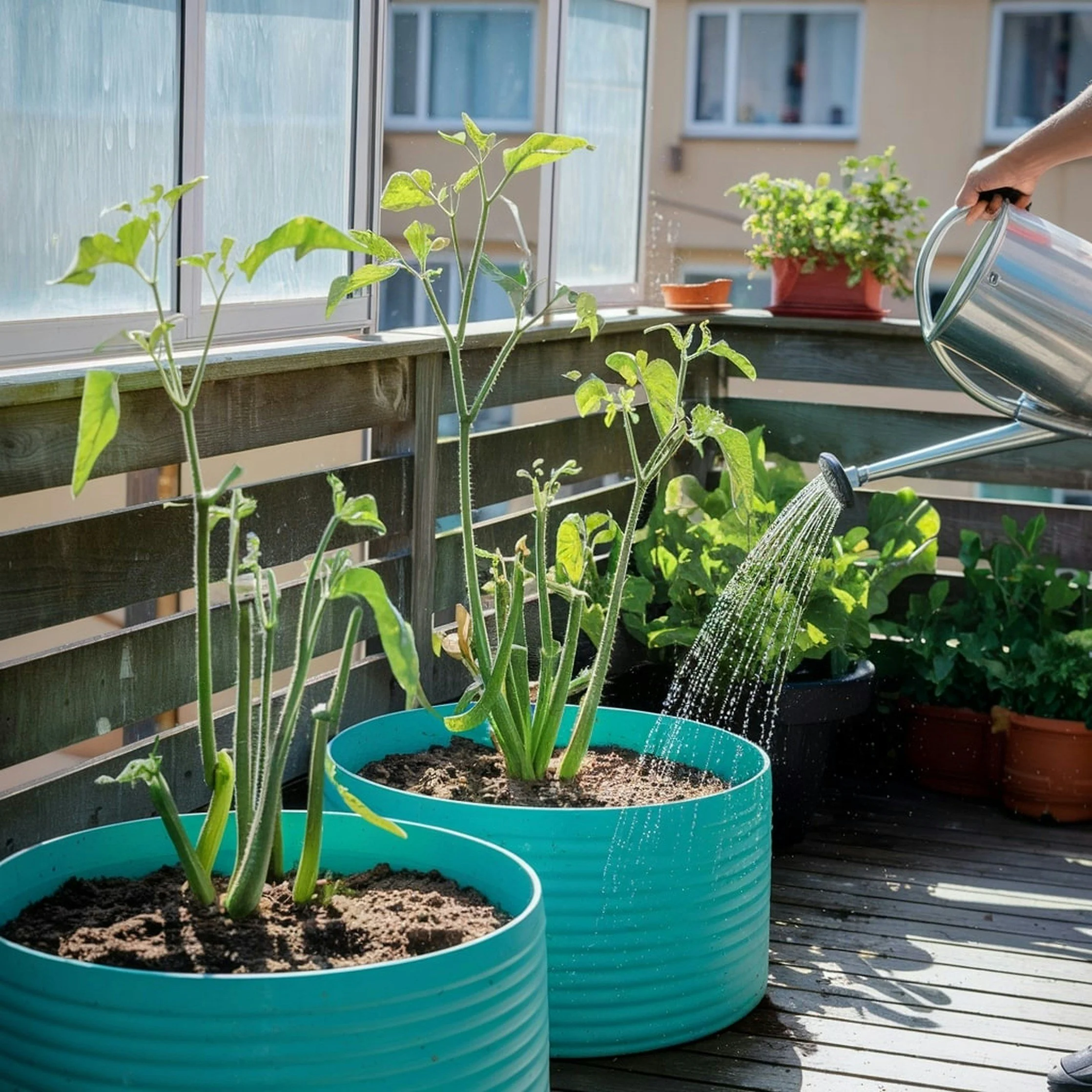
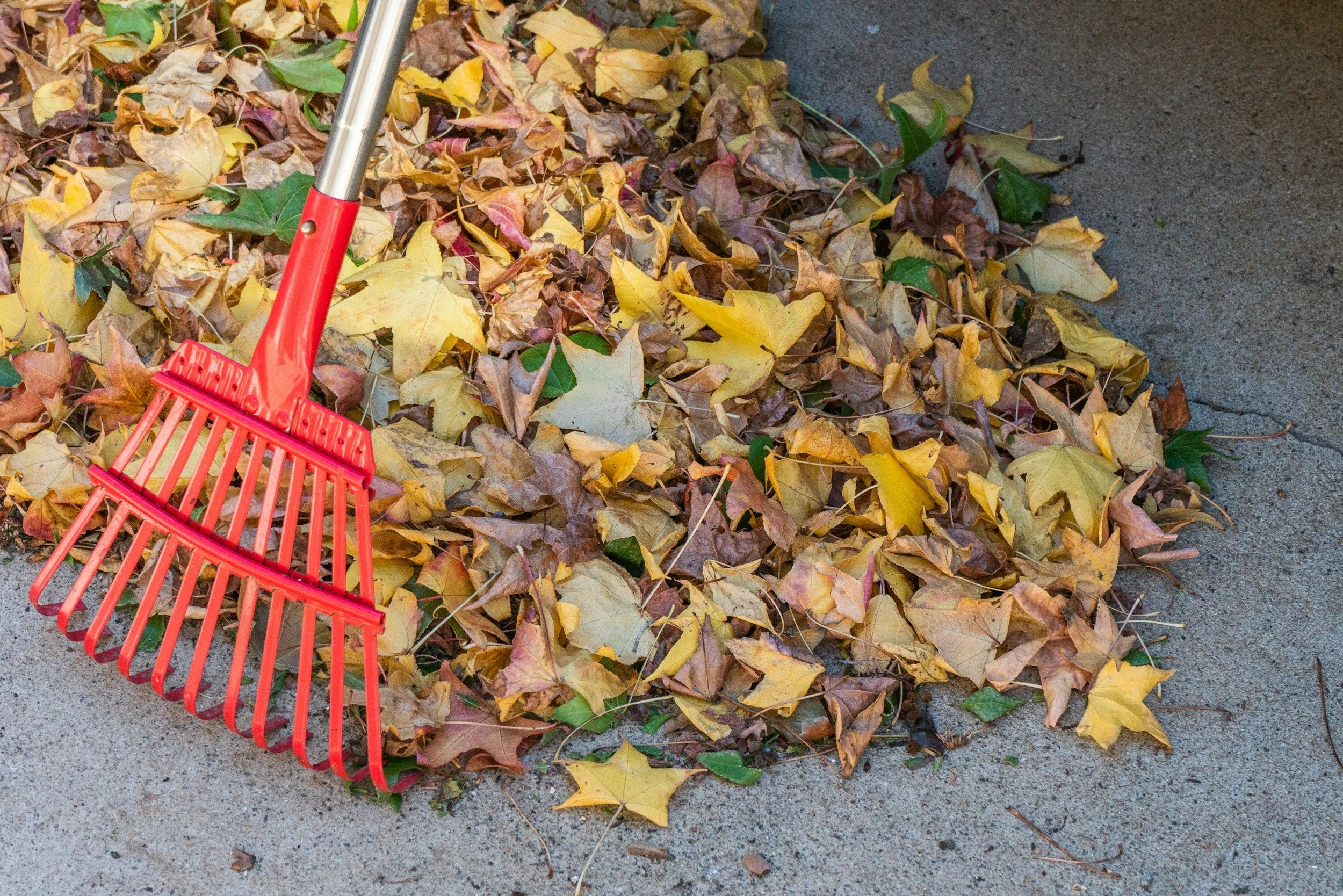






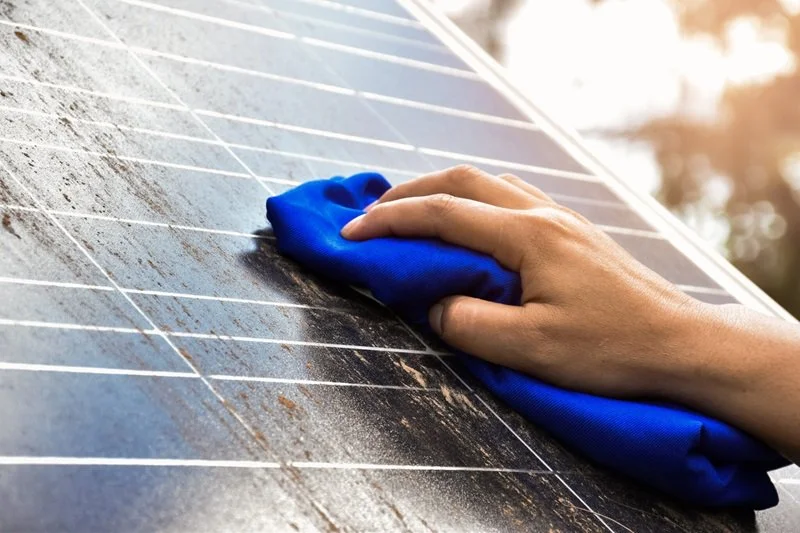

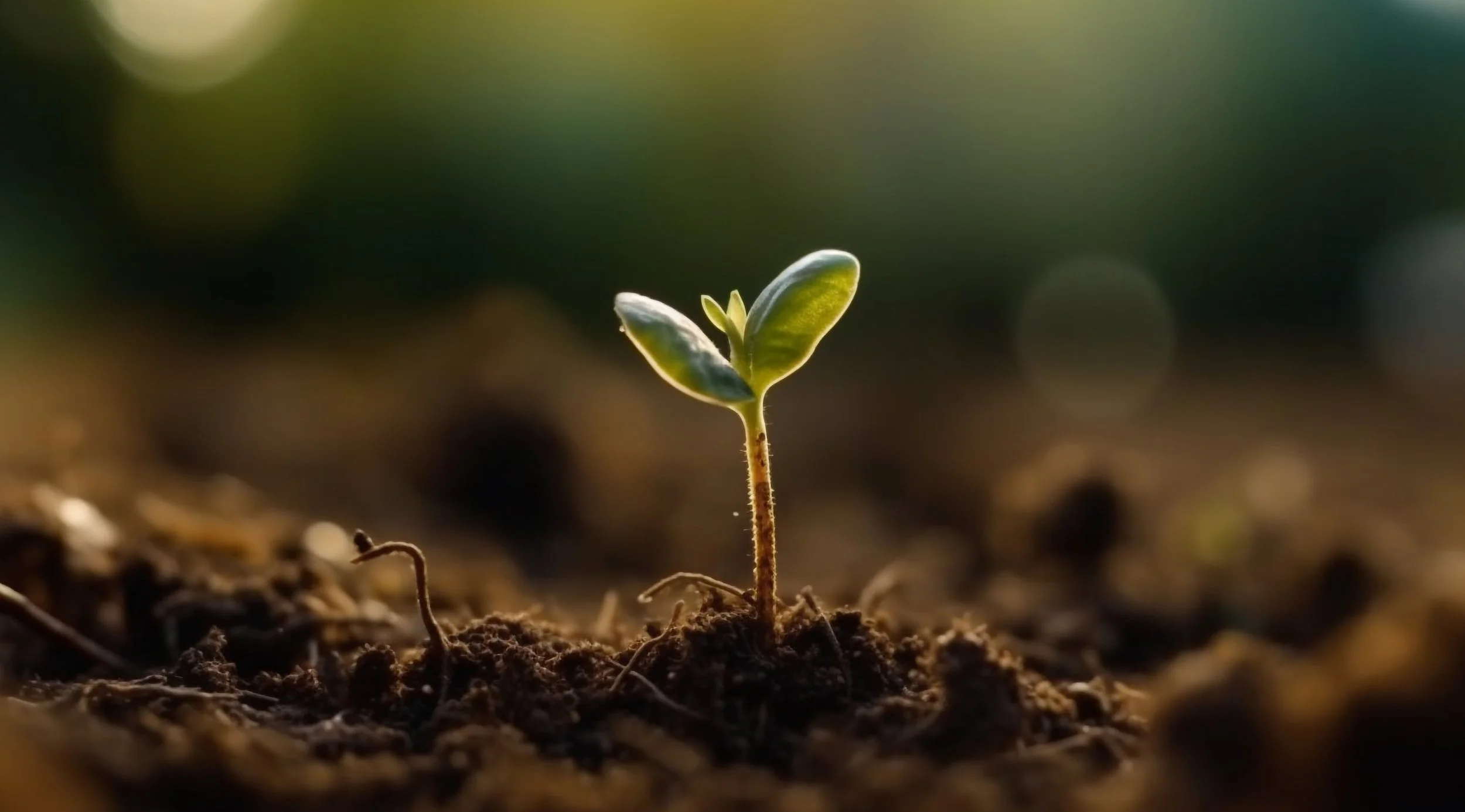




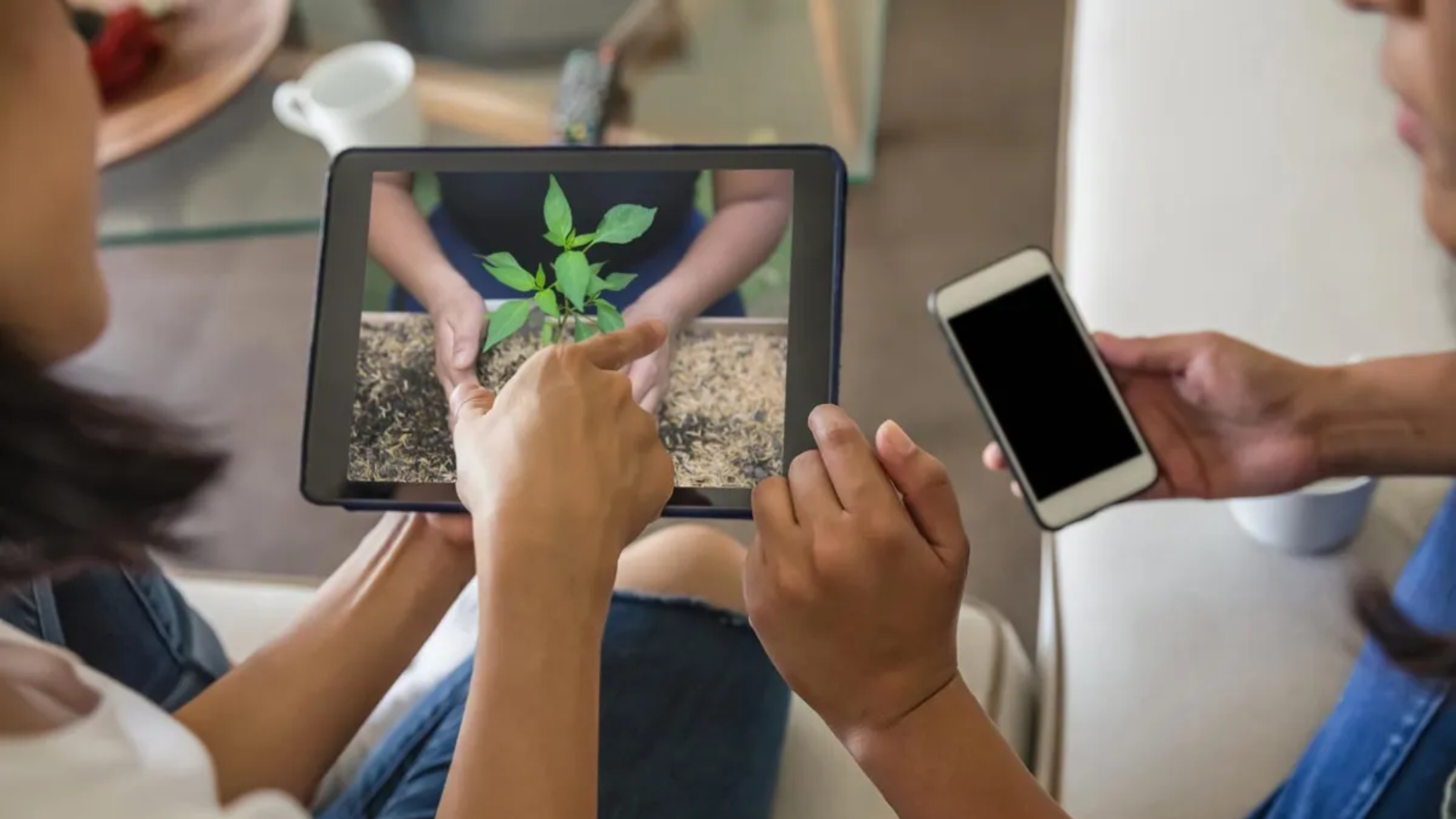
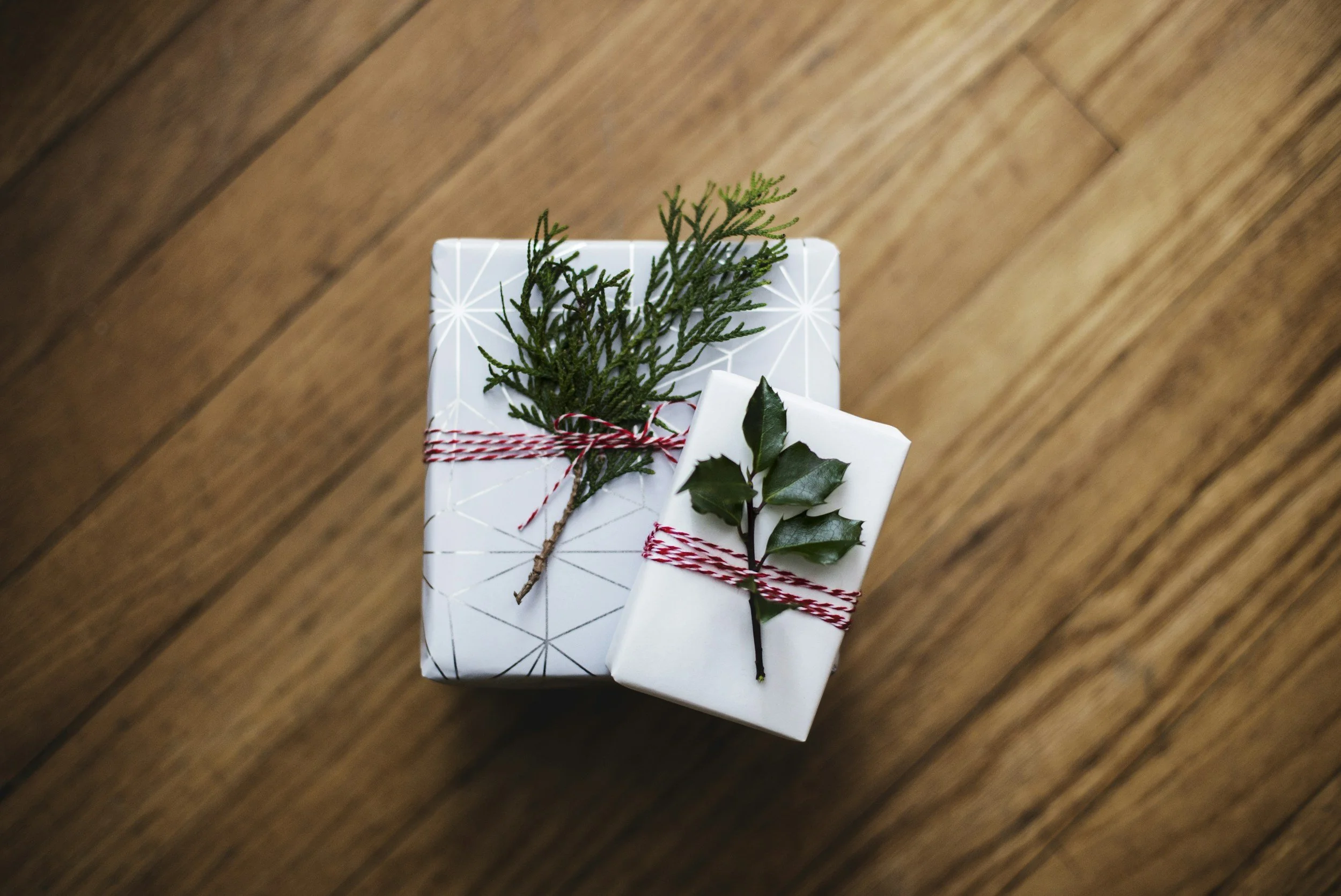

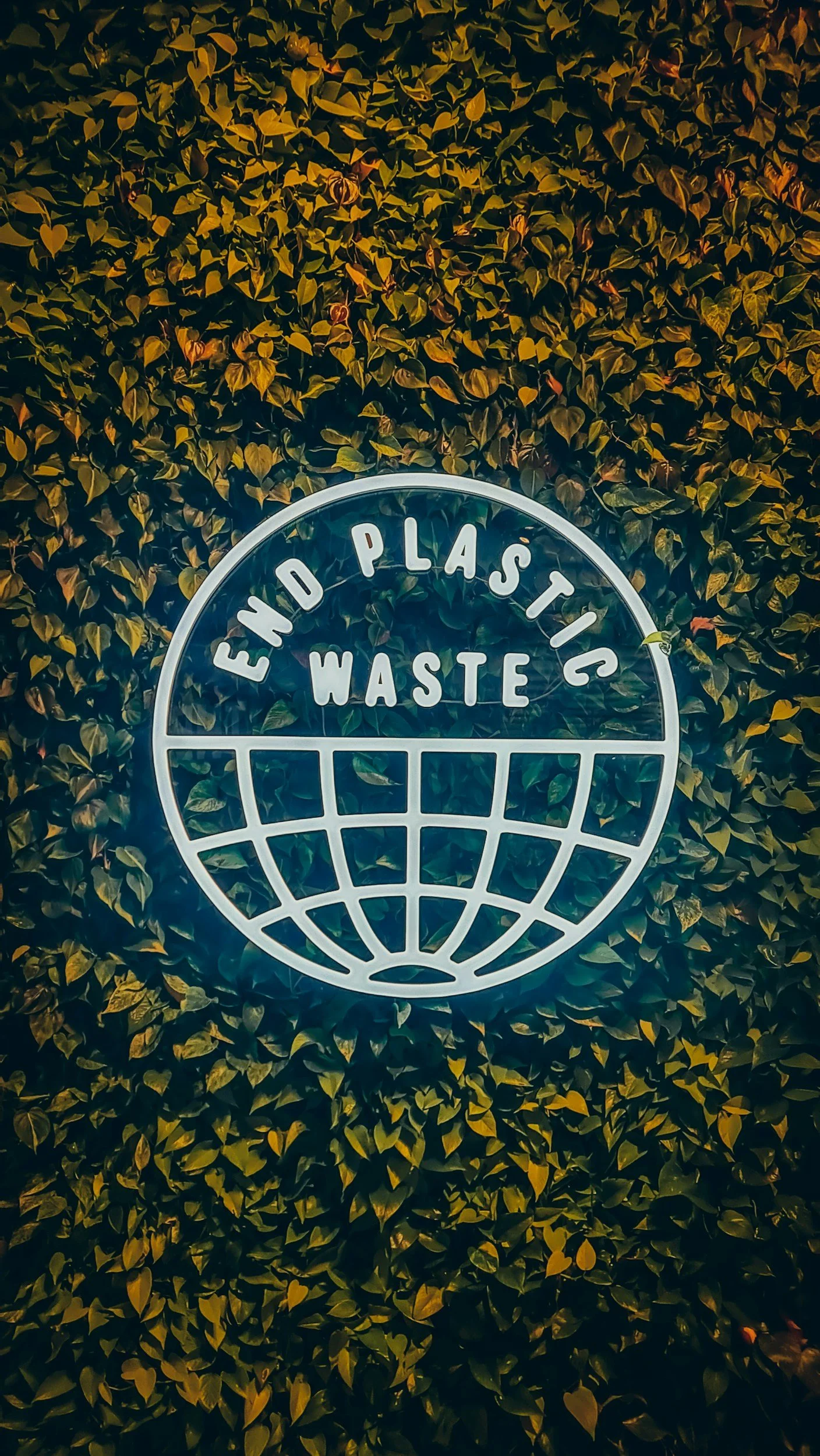
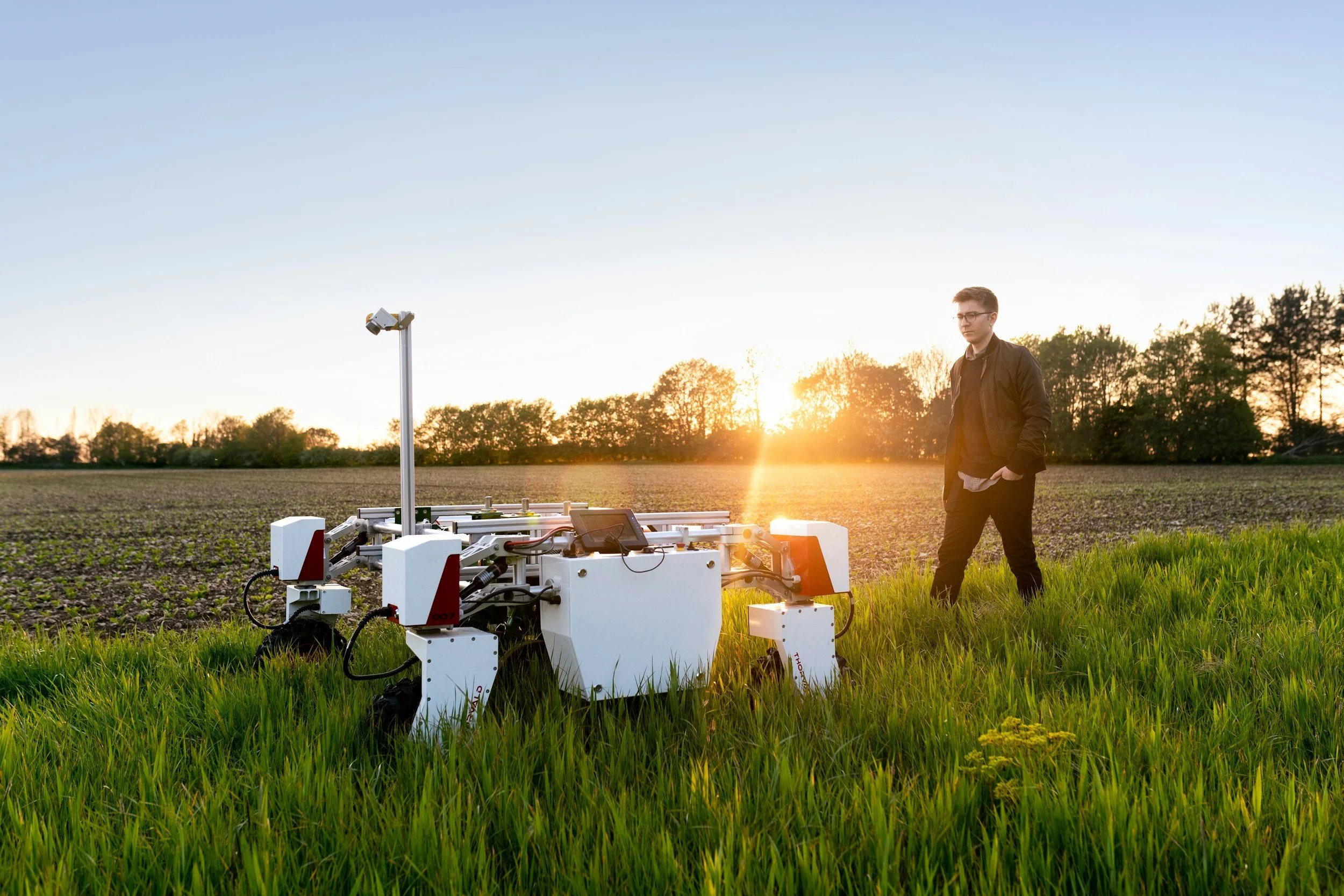









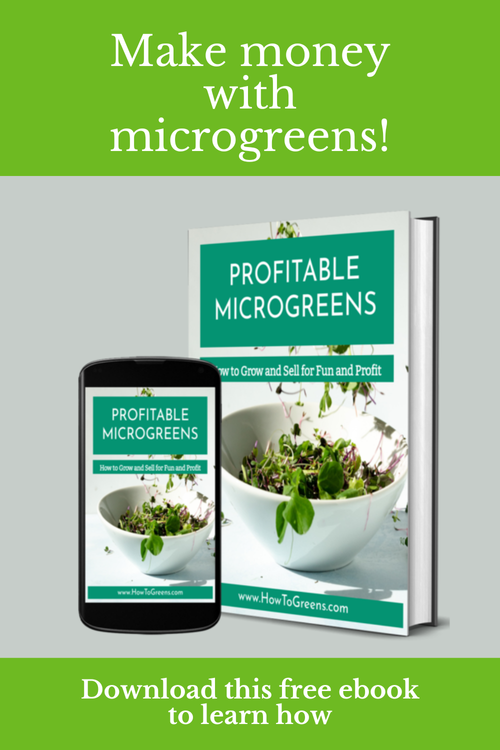
If you’ve ever turned to magazines, gardening shows, or even your local nursery’s stock to try and plan your spring garden, you’ll know it’s easy to feel overwhelmed by all the information – some of it conflicting – you can find out there. This is especially true if you’re new to gardening. As the days become warmer and longer, more people start shopping for plants and gardening supplies. It really is a perfect time to start planning a food and/or aesthetic garden, even if the weather hasn’t quite warmed up enough for you to transplant everything into beds outdoors.